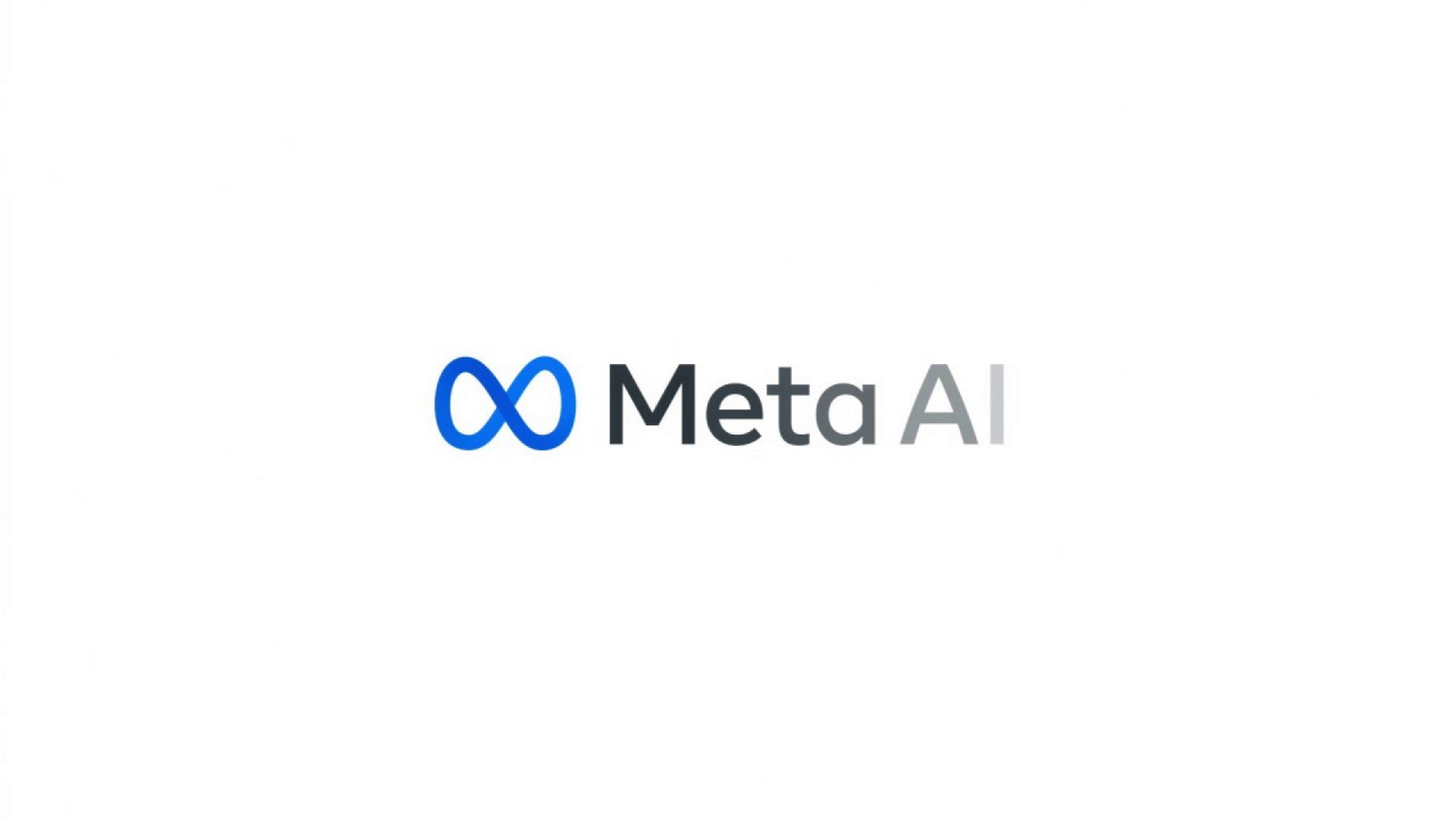Meta just rolled out its latest AI model series, Llama 4. This multimodal AI system can handle multiple types of data – text, images, videos, and audio – all in one. Two sub-models, Llama 4 Scout and Llama 4 Maverick, are already available for download from Meta or through Hugging Face. They’re also being tested on WhatsApp, Messenger, Instagram, and the web.
Llama 4 Scout is the smaller model. It can run on a computer with just one Nvidia H100 GPU. It’s got 109 billion parameters, but only uses 17 billion in practice, thanks to 16 specialized modules. It can handle up to 10 million tokens and beats out Google’s Gemma 3, Gemini 2.0 Flash-Lite, and Mistral 3.1. It’s good at summarizing multiple documents, analyzing user behavior, and reasoning with large codebases or datasets.
High-Performance Model
Llama 4 Maverick is the high-performance model. It’s got 400 billion parameters, using 17 billion in practice across 128 specialized modules. It can handle up to 1 million tokens and outperforms GPT-4o and Gemini 2.0 Flash. It’s also comparable to DeepSeek v3 in reasoning and coding. Plus, it’s cheaper than similar models and supports 12 languages, including Thai. It’s perfect for research and commercial use cases that need advanced data processing and high volumes.
What’s Coming Next
Meta’s also working on Llama 4 Behemoth, a model that’s still in training. It’s supposed to be the most powerful base model in the world, with 2 trillion parameters, using 288 billion in practice across 16 modules. It beats out GPT-4.5 and Claude Sonnet 3.7 in several STEM benchmarks.
But here’s the thing – while Meta says Llama 4 is open-source, the license limits commercial use. If you’ve got over 700 million monthly users, you need to ask Meta for permission first.
- Source: theverge.com

